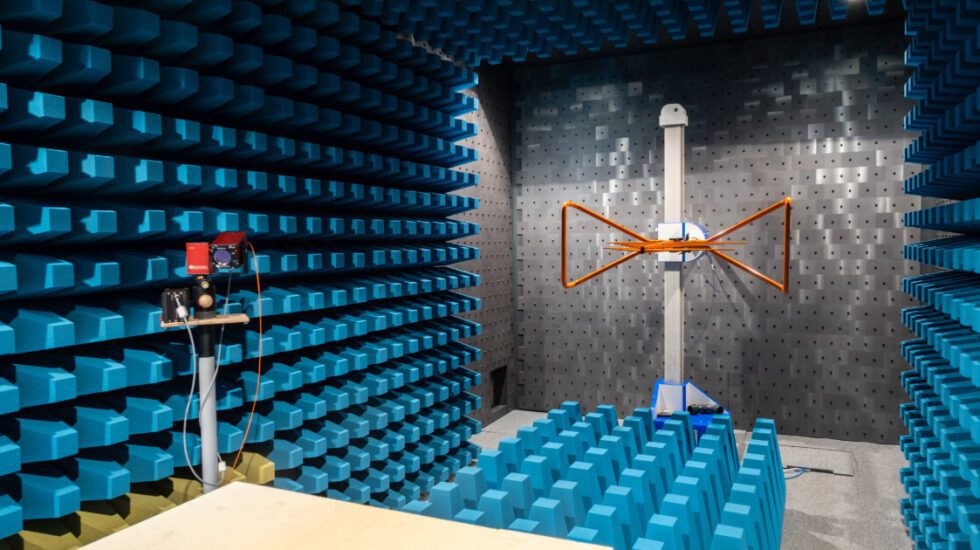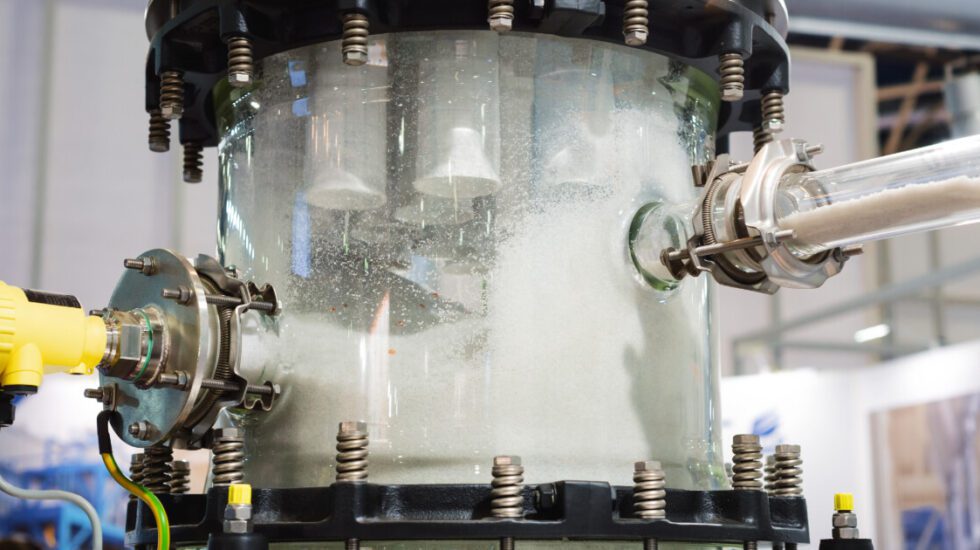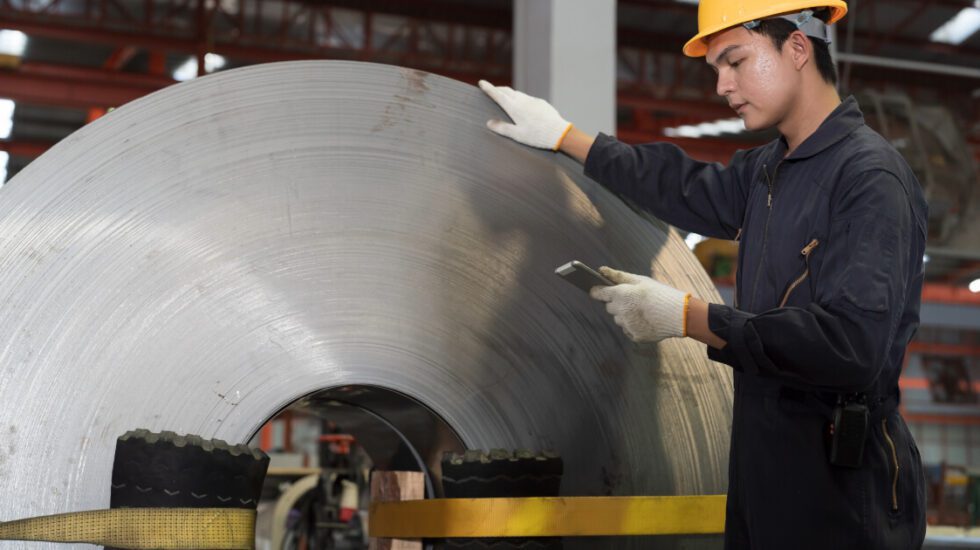Tool & Die Innovation: How R&D in Manufacturing Can Qualify for SR&ED Tax Incentives
Tool and die companies, critical to industries that rely on precision manufacturing and metal forming, often face unique challenges that require innovation and experimentation. Whether it’s designing tools for stamping, forging, or other processes, the need for continual improvement is ever-present. This makes companies in this sector prime candidates for SR&ED (Scientific Research and Experimental Development) tax credits, especially when they tackle technological uncertainties.
What Are Technological Uncertainties in Tool & Die Manufacturing?
Technological uncertainties are challenges that cannot be overcome through routine engineering or standard methods. Instead, these uncertainties require experimental or innovative approaches to be solved. In particular, developing prototypes, enhancing manufacturing processes, or testing new materials. In the tool and die industry, companies frequently encounter such uncertainties in areas like materials, tooling design, and process optimization.
Here are some examples of technological uncertainties and SR&ED-eligible activities in tool and die manufacturing:
-
Materials Development and Optimization
- Technological Uncertainty: Tool and die companies often face uncertainty when searching for materials that can withstand the stress of new manufacturing processes or improve product performance. These materials may need to have enhanced durability, heat resistance, or specific properties suited to custom applications.
- SR&ED Activity: Experimenting with new alloys, heat treatments, or surface coatings to improve tool longevity, reduce wear, or enhance resistance to extreme conditions.
-
Enhancing Manufacturing Processes
- Technological Uncertainty: Traditional manufacturing methods may not be sufficient to meet new production goals. This requires novel approaches to boost precision, reduce production time, or increase the durability of tools.
- SR&ED Activity: Developing and testing advanced machining techniques, such as high-speed CNC machining or additive manufacturing, to achieve tighter tolerances or improve efficiency.
-
Tool Design Challenges
- Technological Uncertainty: As product designs become more complex, tool and die companies must develop new or unconventional tool shapes. But this may be difficult to manufacture using standard methods.
- SR&ED Activity: Creating prototypes and experimenting with new designs or manufacturing techniques to produce intricate tool geometries. In particular, in applications requiring high precision and durability.
-
Addressing Tolerance and Precision
- Technological Uncertainty: Meeting increasingly strict tolerance requirements often pushes the limits of standard manufacturing capabilities. Companies may encounter challenges in producing tools that consistently meet these tight tolerances.
- SR&ED Activity: Systematically testing new machining processes, cutting techniques, and machine tool configurations to improve accuracy, reduce deviations, and achieve the necessary tolerances.
-
Integration of Advanced Technologies
- Technological Uncertainty: Incorporating new technologies like robotics, artificial intelligence (AI), or advanced automation into the tool and die-making process can present challenges. In particular, related to reliability, integration, and process optimization.
- SR&ED Activity: Developing algorithms for AI-driven quality control, integrating robotics into tool production, or implementing IoT systems for real-time monitoring of tool performance and wear.
-
Environmental and Regulatory Compliance
- Technological Uncertainty: As environmental regulations become more stringent, tool and die companies need to develop processes that meet these new standards. But they must do so without sacrificing performance or profitability.
- SR&ED Activity: Researching eco-friendly materials, reducing energy consumption in manufacturing, or developing sustainable processes that comply with new environmental regulations.
-
Improving Tool Wear Resistance and Lifespan
- Technological Uncertainty: One of the biggest challenges in tool and die manufacturing is improving the lifespan and wear resistance of tools used in harsh environments or high-stress applications.
- SR&ED Activity: Experimenting with new materials, coatings, or tool designs to enhance durability and reduce the frequency of tool replacement can work. Thereby improving cost-efficiency and productivity.
Why Proper Documentation is Crucial
To qualify for SR&ED tax credits, tool and die companies must do more than simply face technological challenges. They need to document their R&D activities thoroughly, showcasing the systematic investigation, experimentation, and trial-and-error processes involved in overcoming these challenges.
Key elements to document include:
- The specific technological uncertainties encountered.
- The processes or experiments used to address these uncertainties.
- Any prototypes or new designs developed during the process.
- The results of these investigations, including both successes and failures.
Consulting with SR&ED Experts
Tool and die companies stand to benefit significantly from the SR&ED program, but navigating its complexities can be challenging. The regulations and criteria for SR&ED eligibility can change, and claims need to be carefully documented and justified. Consulting with an SR&ED expert with industry-specific experience can help tool and die companies maximize their claims and ensure compliance with the program’s requirements.
At Ayming Canada, we specialize in helping companies in the tool and die industry identify and claim all eligible SR&ED activities. Our team of experts is here to guide you through the process, ensuring your company receives the full financial benefits it deserves.
Get in Touch with Ayming Canada Today
If your tool and die company is pushing the boundaries of technological innovation, you may be eligible for valuable SR&ED tax credits. Contact Ayming Canada today to learn how we can assist you in documenting your R&D efforts, navigating the SR&ED claim process, and maximizing your financial benefits. Let’s work together to turn your innovations into real value for your business.
Contact us today!
One of our experts will be in touch shortly.














No Comments